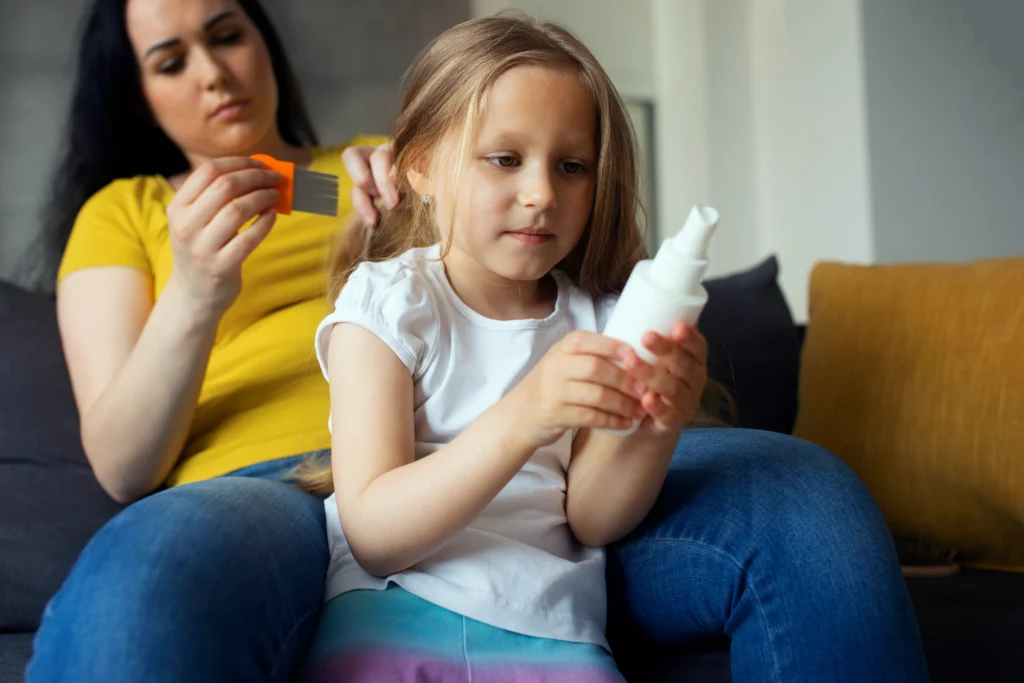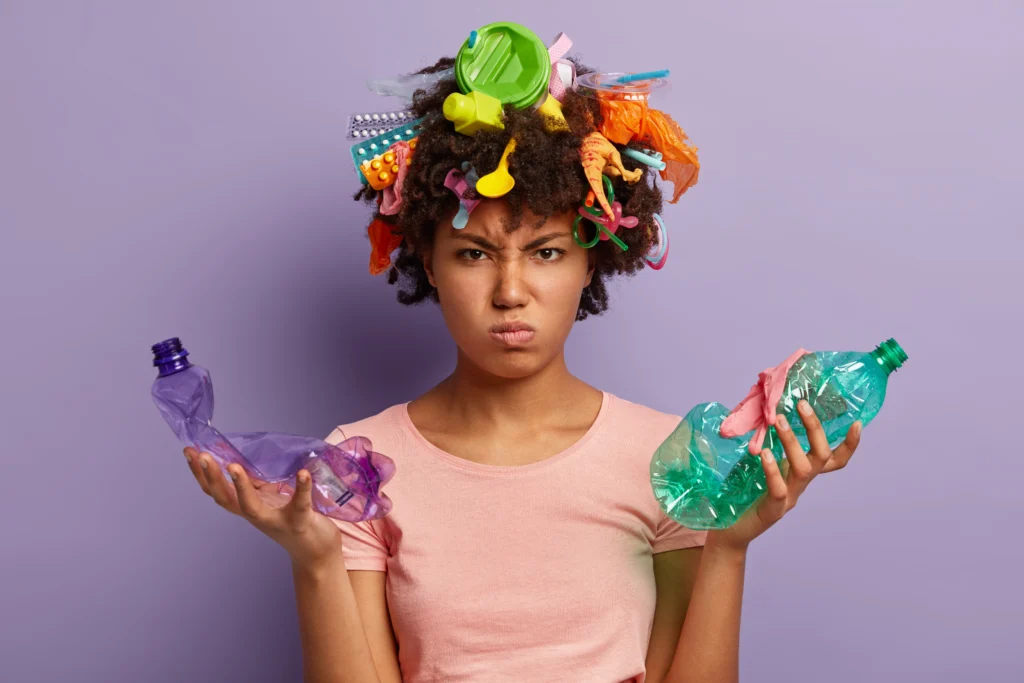Did you know that some things we use on our kids, like lotions and shampoos, might have hidden stuff that could affect their health? A new study in a science paper called Environmental Health Perspectives found that kids who use some of these products had more of certain chemicals called phthalates in their pee. This is worrying because phthalates have been linked to problems with how their brains grow, how they act, and when they start puberty. This article will explain the possible dangers of hormone disruptors in kids’ products simply, focusing on phthalates and endocrine disruptors and giving you easy tips for safe skincare for children.
What the Science Says: Chemicals in Kids’ Stuff
This isn’t the first time scientists have found a link between things we use on our bodies and chemicals called endocrine-disrupting chemicals (EDCs), like phthalates. Every new study makes it clearer that things like soaps, lotions, and hair stuff can expose kids to these chemicals when their bodies are growing and changing a lot.
Phthalates are often used in these products to make smells last longer. The problem is, you don’t always see them listed clearly. They can be hidden under words like “fragrance” or “parfum.”
Here are some important things scientists have found:
- More Phthalates in Kids Using Some Products: A study with 630 kids aged 4 to 8 found that if they used lotions and oils, they had more phthalates in their pee. For example, using lotion was linked to a small increase in one kind of phthalate, while using oils was linked to bigger increases in other kinds.
- Different Kids, Different Amounts: The study also showed that kids from different backgrounds had different levels of these chemicals. Hispanic, Asian, and Pacific Islander kids who used hair oils had more phthalates compared to White and Black kids. Overall, Black kids had the most phthalates in their pee.
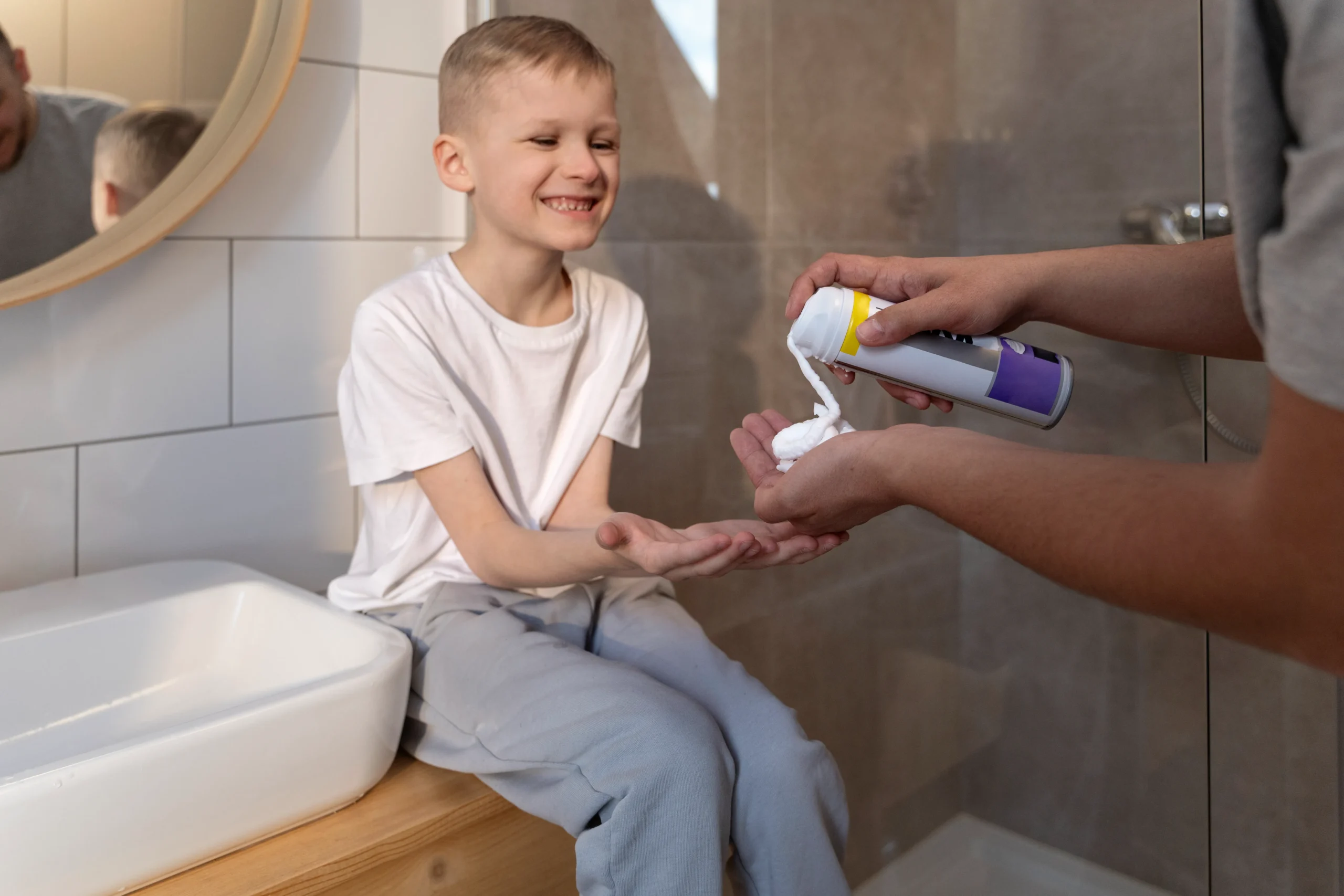
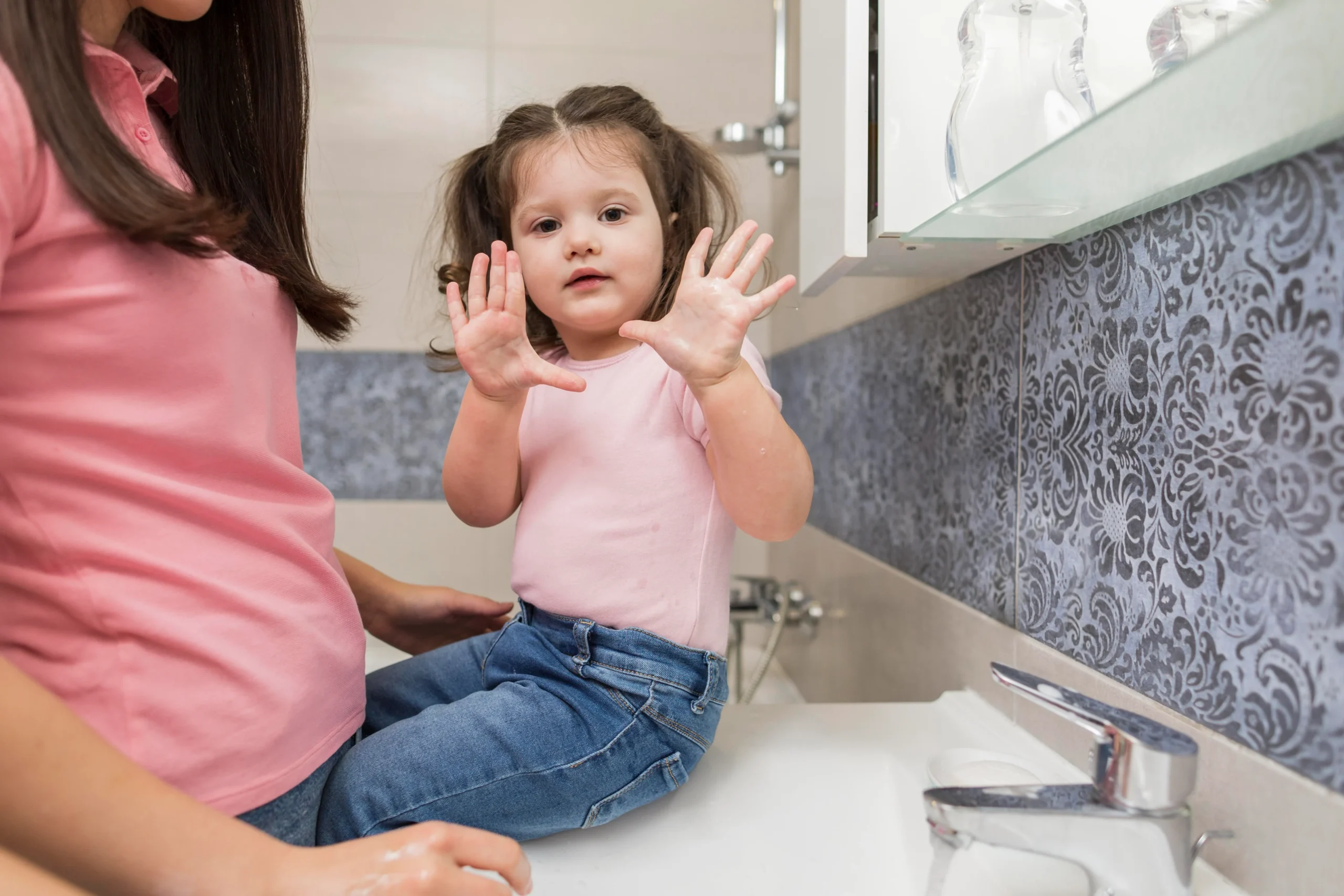
How Can These Chemicals Hurt Kids?
Phthalates are called endocrine disruptors because they can act like or block the body’s natural hormones, like estrogen and testosterone. This is especially important for kids because their hormones need to be balanced for them to grow normally. Messing with this balance can lead to different health and growing problems, like:
- Brain Growth: Phthalates have been linked to problems with how the brain grows and how kids behave, like having trouble paying attention or being too active.
- Growing Up: Long-term exposure to phthalates might cause problems with having babies later in life. For boys, it might lower certain hormones and cause other issues.
- Starting Puberty Too Early: One big worry is that phthalates might make kids start puberty too early. For girls, starting their period too early has been linked to a higher chance of getting certain diseases later in life.
- Other Health Issues: Some studies have linked phthalates to a higher chance of kids getting certain kinds of serious illnesses. Kids whose moms had more exposure to phthalates when they were pregnant also had a higher chance of having breathing problems like asthma.
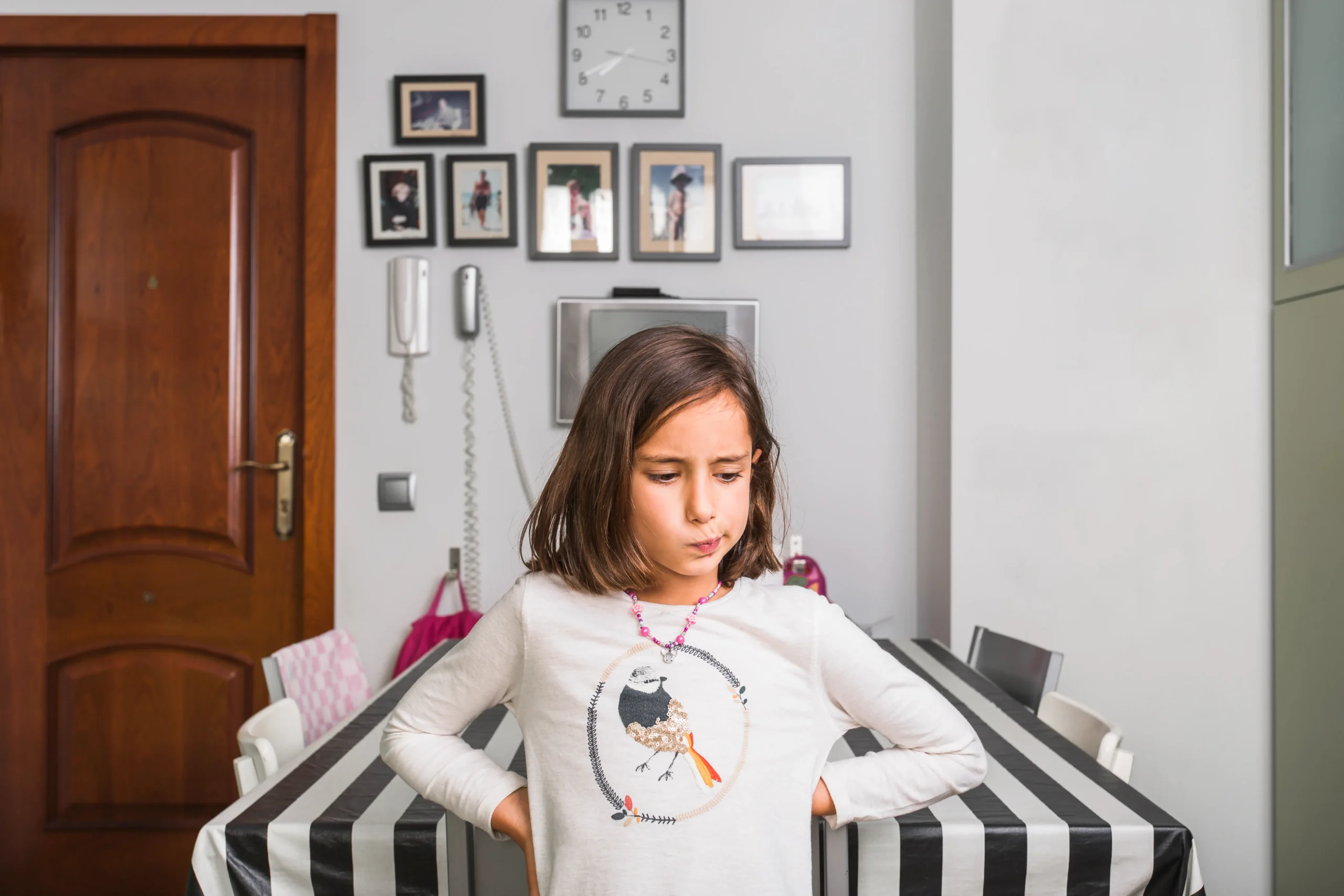
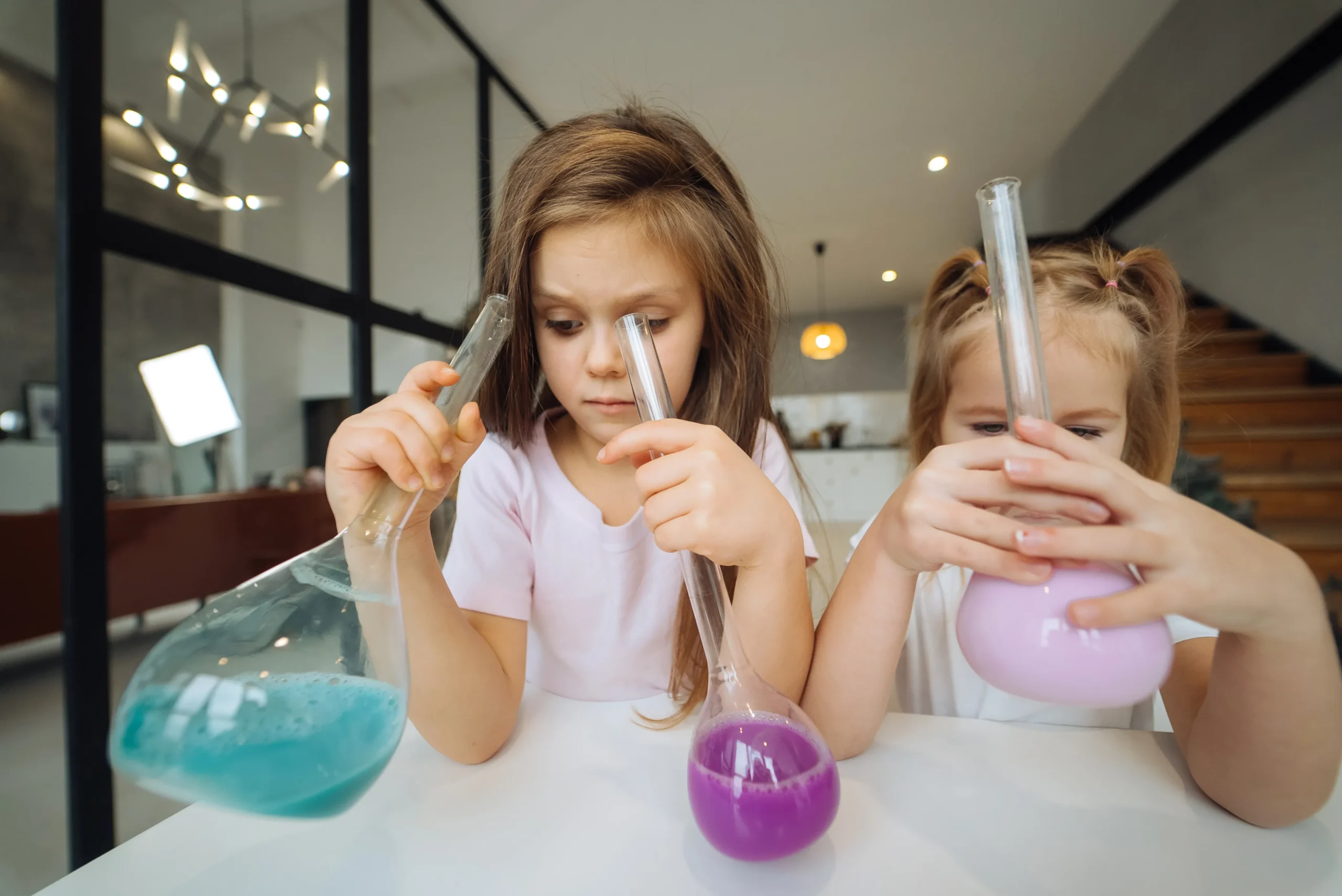
What Can Parents Do? Simple Steps to Take
As a parent, it can feel hard to protect your kids from phthalates and other bad chemicals. But here are some easy things you can do to lower the risk:
- Look at the Labels: Remember, phthalates can hide under “fragrance” or “parfum.” Try to find brands that clearly say “phthalate-free.” This isn’t a perfect promise, but it’s a good start for safe skincare for children.
- Use Less Stuff: Don’t use too many different personal care products on your kids. Only use what you really need.
- Choose No Smells: Since phthalates help smells last, choosing products that don’t have any added smells (“fragrance-free”) is a simple way to reduce exposure to endocrine disruptors.
- Buy From Good Companies: Pick brands that are open about what they put in their products and don’t use EDCs. If you’re not sure where to start, look for recommendations for non-toxic skincare brands for children. You might even find tips on choosing safe products when you travel (internal link to your general travel tips page) and see different brands.
- Speak Up: It’s also important for the people who make the rules to do more to control the use of phthalates in kids’ products.
You might also consider learning more about general health and well-being through resources on health helpers (internal link to your health supplements), although this article focuses specifically on product choices.

In Conclusion: Protecting Our Kids from Possible Harm
Being exposed to phthalates through things we use on our kids is a growing worry for their health, especially how their brains grow, their bodies develop, and when they start puberty. While it might be hard to avoid these chemicals completely, making smarter choices about the products we use can help lower the risks.
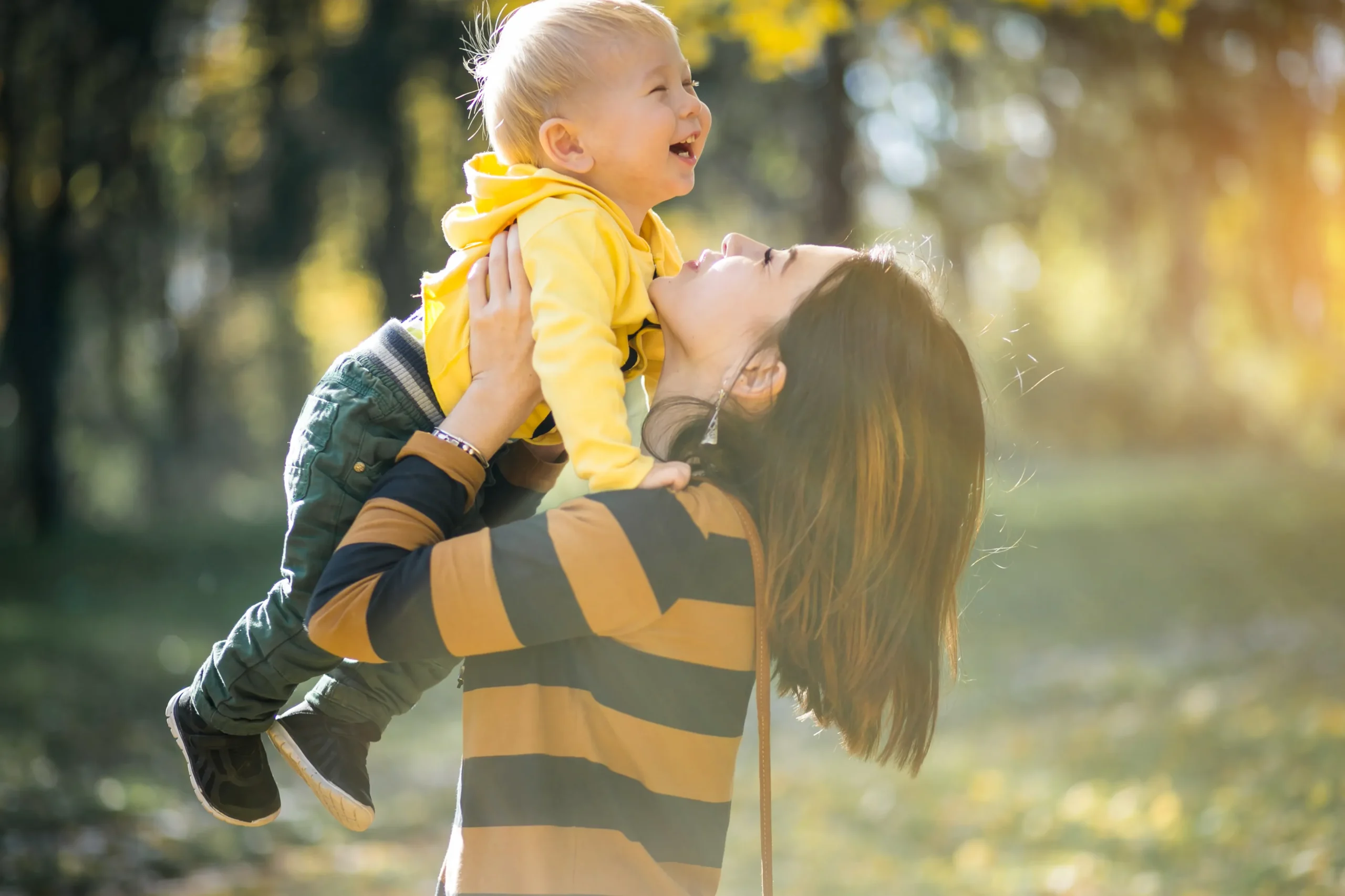
John Doe
DesignationClick here to change this text. Lorem ipsum dolor sit amet, consectetur adipiscing elit. Ut elit tellus, luctus nec ullamcorper mattis, pulvinar dapibus leo.
Tiny Plastic Bits Found in Our Brains: What It Could Mean for You
New science has found something worrying: the amount of tiny plastic bits, called microplastics, in…

